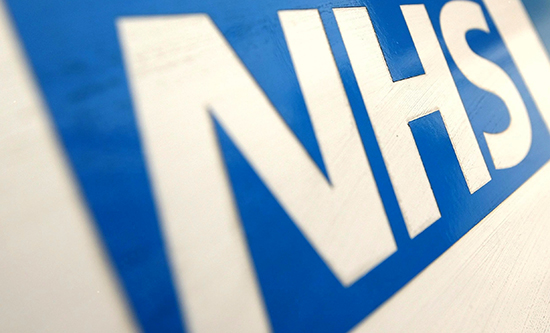
On 7 January, Prime Minister Theresa May launched what is called the NHS Long Term Plan, describing it as ‘a historic moment for patients across the nation.’ The Plan aims to base future care on ‘community care, population health and collaboration’. It claims that a redesign of outpatient services can replace 30 million appointments with online consultations by 2024, saving £1bn a year. Headline news includes DNA sequencing for all children with cancer, half a million lives saved by better disease prevention, a programme tackling health inequalities, better mental health and maternity care and better care for people with disabilities. The Plan also proposes legislative changes which will lead to the repeal of parts of the Health and Social Care Act 2012 dealing with procurement and competition. Behind the sound bites and the glossy packaging, however, the reality is a continued squeeze on NHS spending, and a staffing crisis for which the government has no solution. Hannah Caller reports.
In money terms, there will be an extra £20.5bn per year in NHS spending by 2023/24. This means that the £114bn budget will rise by an average of 3.4% annually. This is still less than the 3.7% average rise the NHS has had since 1948, and is therefore barely enough to keep pace with growing demand – for instance, the number of people visiting A&E has risen by 40% in 13 years. The Health Foundation has calculated that an additional £3.2bn per year is needed to reverse the impact of cuts to the public health grant. Although an extra £6bn will be available for 2019/20, the Nuffield Trust has pointed out that the impact of staff pay rises, inflation, and the increase in the number of people needing medical intervention will cost £7.3bn. At the outset, therefore, there will be a shortfall of over £1bn.
Staffing
In order to achieve the improvements set out in the Plan, more staff will be needed. Three independent health think tanks, the Nuffield Trust, King’s Fund and the Health Foundation all agree that 250,000 additional staff will have to be in place by 2030, to fill current gaps, keep up with rising demand, let alone to meet the Plan’s targets. Years of real-term cuts in NHS funding since 2010 have led to major staff shortages:
- There are over 100,000 vacancies across the NHS, half of them being covered with agency/bank staff at great expense.
- More nurses are leaving the NHS than joining. In 2018, over 33,000 left the health service and in each of the last three years, more than 10% of working nurses have left.
- More than half of these nurses are under 40 years old, the rest include many taking early retirement.
- Since the Brexit vote, more EU staff have left the NHS than have joined it.
- There are over 11,500 vacant doctor posts.
- In the past five years, the number of district nurses in England has been cut by 28%.
In 2015, the Department of Health promised that 5,000 more GPs would be working in the NHS in England by 2020. Four years later there are fewer than 700 extra, so that 4,366 GPs need to be recruited in the next year – an impossibility. In mental health services, a focus of the Plan, nursing numbers have dropped by 12%, and community nursing numbers have fallen by 15% since 2010. While there is an increase of 5,000 places for nurses in training this year, a rise of 25%, it will take three years to have any impact.
The Plan makes no commitment to achieving the current national standards on waiting times and cancer care, and does not refer to the adult social care set-up or the need to ensure medically well but frail older people can be discharged home quickly with adequate support. It also fails to take account of the fact that local government is currently responsible for funding and commissioning preventative health services such as smoking, drug and alcohol related, sexual health services and early years support for children (health visiting and school nursing). These are funded from a public health grant from central government and their provision will be essential for the success of the plan.
Capitalism is bad for your health
Whatever Health Secretary Matt Hancock says about individual health choices, the reality is that the key contributors to poor health are poverty and inequality. In Britain, life expectancy is declining for some age groups and for the most deprived groups of women, while infant mortality is rising. A recent UN report predicts that 40% of all children in Britain will be living in poverty by 2022. A Lancet study shows that rates of premature mortality are twice as high in the most deprived areas of England compared to the most affluent. The health outcomes are worsening for older people, younger people, migrants and people with disabilities – all who are most affected by austerity measures. Homelessness and poor housing conditions exacerbate poor physical and mental health. In 2017, 597 homeless people died in England and Wales, an increase in of 24% in five years. Capitalism is not a system that provides for all: it destroys lives both at home and abroad in order to continue its shameless scramble to keep the wealthy in power.




